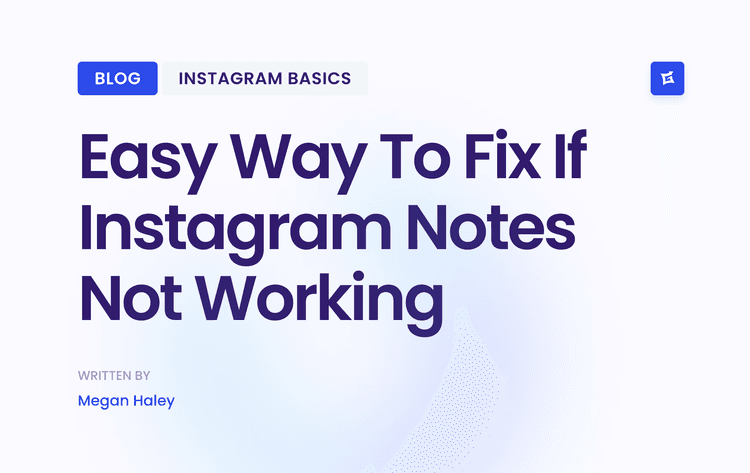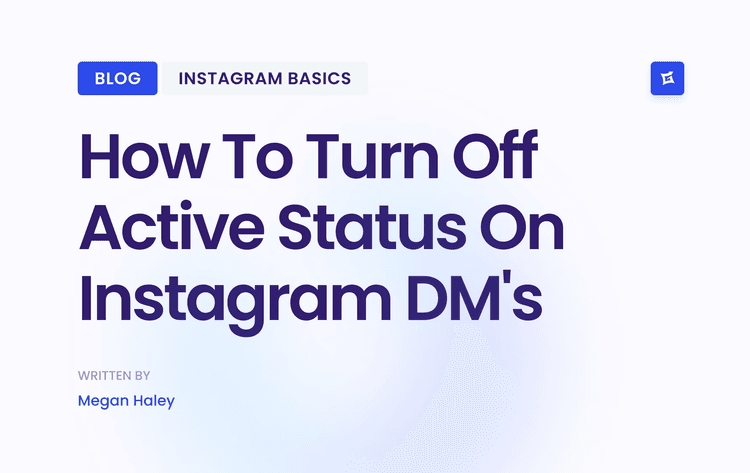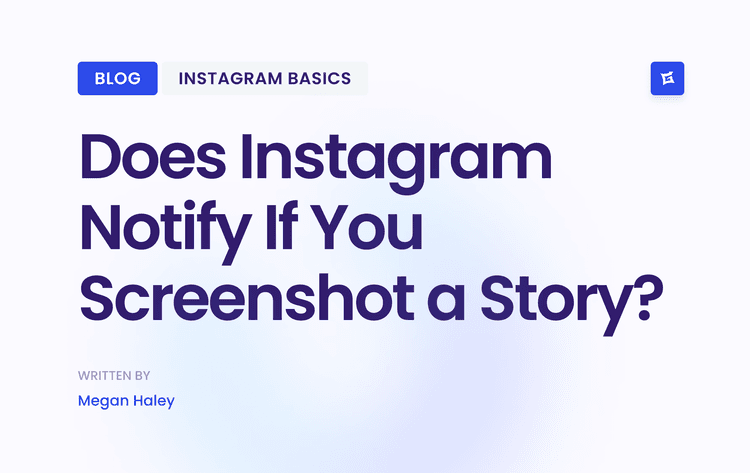1. User-Generated Content (UGC) Strategy
A User-Generated Content (UGC) strategy shifts the role of content creator from your marketing team to your customers. This powerful approach encourages your audience to create and share content-such as photos, videos, and reviews feature your brand. By turning customers into advocates, you build a powerful engine for authentic social proof, which modern consumers trust far more than traditional advertising.
The core principle is simple: empower your community. Brands like GoPro have built their entire social media account on breathtaking customer-shot videos, while Starbucks’ annual #RedCupContest generates millions of posts, effectively crowdsourcing their holiday marketing campaign. This method not only supplies a steady stream of genuine content but also fosters a deeper, more participatory relationship with your audience.
The Strategic Advantage of UGC
The primary benefit of a UGC-focused approach is its authenticity. When a potential customer sees a real person enjoying your product, it builds immediate trust and credibility. It’s one of the most effective social media marketing strategy examples because it changes passive followers into active brand participants, creating a vibrant community around your products or services. This strategy also significantly reduces content creation costs and provides invaluable insights into how customers are using your offerings.
Here's a quick reference summarizing the performance impact of a well-executed UGC campaign.
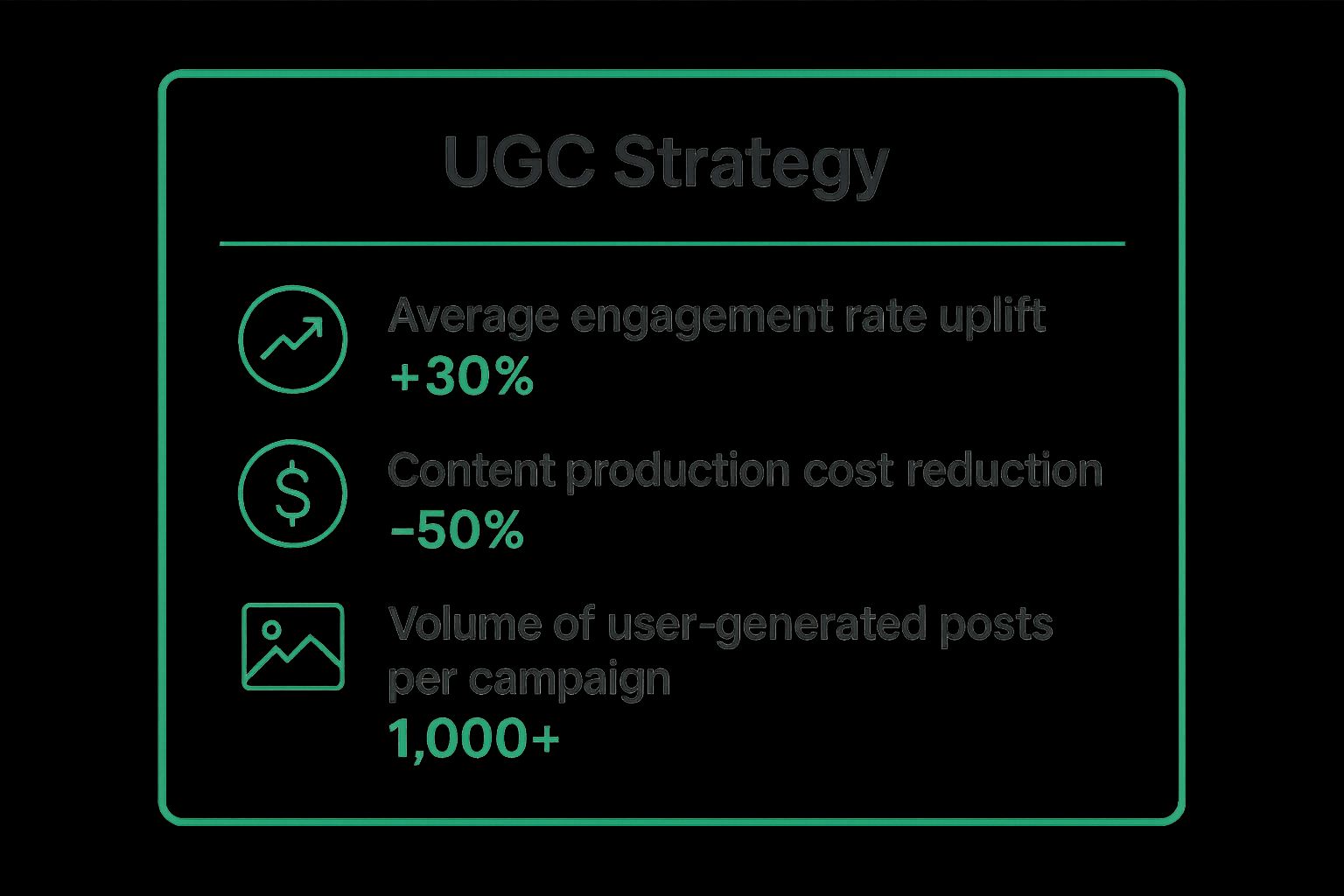
These metrics highlight how UGC not only boosts engagement but also offers a cost-effective solution for content production at scale.
How to Implement a UGC Strategy
To launch your own UGC initiative, focus on creating a clear and compelling call to action.
Create a Branded Hashtag: Develop a unique, memorable, and easy-to-spell hashtag for your campaign, like Coca-Cola's #ShareACoke.
Offer Incentives: Motivate participation by running contests, offering discounts, or featuring the best submissions on your official social media channels.
Set Clear Guidelines: Define what you're looking for and establish clear terms for submission to ensure brand safety and quality.
Always Ask for Permission: Before reposting any customer content, secure their explicit consent. This respects their ownership and builds goodwill.
By systematically encouraging and curating content from your community, you can build a powerful marketing asset. To explore this further, you can learn more about how to effectively leverage user-generated content on gainsty.com.
2. Influencer Marketing Partnerships
An Influencer Marketing Partnership is a collaborative strategy where your brand partners with social media creators who have built a loyal and engaged audience. This approach leverages the influencer's credibility, trust, and creative flair to promote your products or services. By tapping into an influencer's established community, you can reach highly targeted demographics with a message that feels more like a trusted recommendation than a traditional advertisement.
The core principle is borrowing trust and reach. Instead of building an audience from scratch, you align with creators whose followers already match your ideal customer profile. Brands like Daniel Wellington famously used micro-influencers to create a luxury-for-all image, while Glossier built its empire by partnering with beauty influencers who provided authentic, real-world reviews. This method gives you access to a dedicated audience and provides third-party validation for your brand.

The Strategic Advantage of Influencer Marketing
The key benefit of influencer partnerships is the ability to bypass ad skepticism and connect with consumers authentically. When an influencer they trust recommends a product, followers are significantly more likely to consider it. This is one of the most powerful social media marketing strategy examples because it humanizes your brand and places it directly within the lifestyle conversations your target audience is already having. Furthermore, these partnerships can generate high-quality, diverse content that you can repurpose across your marketing channels.
A well-executed influencer campaign not only drives awareness and sales but also builds long-term brand equity. To do this effectively, you must Master Your Influencer Marketing Strategy by focusing on genuine alignment and clear objectives from the start.
How to Implement an Influencer Marketing Strategy
To launch a successful influencer partnership, your focus should be on finding the right fit and setting clear expectations.
Prioritize Audience Alignment: Look beyond follower counts. Use analytics tools to ensure an influencer's audience demographics, interests, and engagement patterns match your target customer.
Establish Clear Goals and KPIs: Define what success looks like. Is it brand awareness, website traffic, or sales? Use unique promo codes or affiliate links to track conversions accurately.
Balance Creative Freedom with Brand Guidelines: Provide influencers with a clear brief but allow them the creative freedom to speak to their audience in their voice. Authenticity is key.
Formalize the Partnership: Always use a contract that outlines deliverables, timelines, usage rights for the content, and compensation to protect both parties.
By carefully selecting and nurturing relationships with influencers, you can unlock a highly effective channel for growth. For a deeper dive, you can learn more about how to effectively collaborate with influencers on gainsty.com.
3. Social Media Storytelling Strategy
A social media storytelling strategy uses narrative techniques to weave compelling stories around your brand, products, or customers. Instead of direct advertising, this approach focuses on creating an emotional connection by sharing narratives that resonate with your audience's values and experiences. It transforms marketing messages into memorable, human-centric tales.
Brands like Patagonia excel at this by building their entire content ecosystem around environmental activism, while Dove's "Real Beauty" campaigns use powerful customer stories to champion inclusivity. The goal is to make your audience feel something, fostering loyalty that goes far beyond a simple transaction. This strategy turns your social media feed into a chapter book, not a sales catalog.

The Strategic Advantage of Storytelling
The core strength of storytelling is its ability to build deep, emotional connections. Stories are how humans have shared information for millennia; they are inherently more engaging and memorable than facts and figures alone. This is one of the most effective social media marketing strategy examples because it allows a brand to communicate its core values and mission in a way that feels authentic and inspiring.
By telling consistent stories, you build a distinct brand identity that attracts a loyal community of followers who share your worldview. This approach also helps differentiate you in a crowded market, as a unique brand story is a powerful asset that competitors cannot easily replicate. It humanizes your brand, making it more relatable and trustworthy.
How to Implement a Storytelling Strategy
To build a narrative-driven social media presence, you need to define your core story and tell it consistently.
Define Your Core Narrative: Identify your brand’s mission, values, and purpose. What is the central story you want to tell? This will be the foundation for all your content.
Use Multiple Formats: Tell your story across various content types, such as video series on YouTube, episodic Instagram Stories, photo essays, and long-form blog posts.
Feature Customer Stories: Incorporate your customers into the narrative. Showcase how they use your product or how your brand has impacted their lives to add authenticity and social proof.
Create Suspense: Use cliffhangers or break a larger story into a series of posts to keep your audience coming back for the next installment.
By developing a clear narrative arc, you can captivate your audience and build a lasting brand identity. To dive deeper, you can discover more about creating a powerful Instagram Story strategy on gainsty.com.
4. Social Commerce Integration
A Social Commerce Integration strategy embeds the entire shopping experience directly within social media platforms. This powerful approach eliminates friction by allowing users to discover, browse, and purchase products without leaving their social feed. By shortening the customer journey from inspiration to conversion, brands can capture impulse buys and capitalize on high-intent moments.
This strategy changes social media from a discovery channel into a direct revenue driver. Brands like Zara use Instagram's shoppable tags to let users buy an outfit seen in a post with just a few taps, while many Shopify merchants leverage Facebook Shops to create a seamless storefront. The core principle is to make purchasing as easy and intuitive as scrolling, turning passive browsing into active buying.

The Strategic Advantage of Social Commerce
The primary benefit of social commerce is its ability to reduce the path to purchase. By removing extra steps like visiting a separate website, you minimize the chances of a customer abandoning their cart. It is one of the most effective social media marketing strategy examples because it meets customers where they are already spending their time and making purchasing decisions influenced by social content.
This strategy enhances the user experience by creating a native, non-disruptive shopping journey. Brands can also leverage platform-specific features like livestream shopping events, as Sephora does, to create urgency and engage with customers in real-time, driving both sales and community interaction.
How to Implement a Social Commerce Strategy
To effectively integrate commerce into your social channels, focus on creating a seamless and visually appealing shopping experience.
Optimize Product Visuals: Use high-quality, mobile-first images and videos that showcase your products. Ensure they fit the specific format of each platform.
Write Compelling Descriptions: Craft concise, persuasive product descriptions that work within character limits while highlighting key benefits and features.
Keep Your Catalog Updated: Regularly sync your product catalog to ensure pricing, availability, and inventory information are always accurate across platforms.
Combine with Organic Content: Don’t just post product shots. Blend shoppable posts with organic lifestyle content, tutorials, and user-generated content to keep your feed engaging.
Test Different Platforms: Experiment with shoppable features on Instagram, Facebook, Pinterest, and TikTok to identify where your target audience is most likely to convert.
By building a direct sales channel within social media, you can capitalize on the convergence of content and commerce. For deeper insights, you can learn more about how to develop a social commerce strategy on Shopify.com.
5. Community Building and Engagement Strategy
A Community Building and Engagement Strategy prioritizes creating a dedicated space for your audience to connect over shared interests related to your brand. Instead of focusing on direct sales, this approach nurtures relationships, fosters genuine conversations, and builds a loyal tribe that feels a sense of ownership and belonging. It changes your social media account from a simple broadcast channel into a thriving, interactive ecosystem.
The core principle is to facilitate connections between members, not just between the brand and its customers. Brands excelling at this, like Peloton with its hyper-engaged Facebook Groups or LEGO with its global adult fan communities, understand that value comes from shared experiences. They provide the platform and guidance, but the community itself generates the energy, support, and long-term loyalty that drives brand advocacy.
The Strategic Advantage of Community Building
The main benefit of this strategy is the creation of powerful brand advocates and long-term customer retention. When people feel part of a community, they are more likely to remain loyal, defend the brand, and actively promote it within their networks. This is one of the most sustainable social media marketing strategy examples because it builds an emotional investment that transcends product features or price points. It provides a direct feedback loop, offering invaluable insights into customer needs and desires.
This approach builds a defensive moat around your brand. Competitors can copy products, but they cannot easily replicate a dedicated and passionate community built over time.
How to Implement a Community Building Strategy
To successfully build an engaged community, you must be a facilitator, not just a moderator. The goal is to create a space where members feel valued and heard.
Define Clear Guidelines and Values: Establish a clear code of conduct to ensure a safe, positive, and inclusive environment.
Actively Participate and Respond: Be present in the community. Answer questions, join conversations, and show that you are listening.
Celebrate Community Members: Spotlight user achievements, feature top contributors, and make your members feel like heroes.
Provide Exclusive Content or Perks: Offer early access to products, behind-the-scenes content, or special Q&A sessions exclusively for community members.
Foster Peer-to-Peer Connections: Encourage members to help each other by creating prompts, discussion threads, and collaborative challenges.
By focusing on the "social" aspect of social media, you can cultivate a powerful asset that supports your brand for years to come. For deeper insights, you can learn more about building online communities from leaders like Sephora with its Beauty Insider Community.
6. Real-Time Marketing and Newsjacking
A Real-Time Marketing and Newsjacking strategy involves capitalizing on current events, breaking news, or trending topics to insert your brand into the public conversation. This agile approach requires speed and relevance, allowing brands to demonstrate they are culturally aware and connected. When done correctly, it can lead to massive viral reach and positive brand association.
The core principle is to react quickly and cleverly. Oreo’s legendary "You can still dunk in the dark" tweet during the 2013 Super Bowl blackout is a prime example of this strategy in action, generating hundreds of thousands of mentions in mere hours. Similarly, brands like Wendy's have built an entire persona around witty, real-time responses to cultural moments and even their competitors, making them a must-follow account.
The Strategic Advantage of Real-Time Marketing
The main benefit of this approach is its ability to generate enormous organic reach and engagement. By tapping into a conversation that is already capturing public attention, your content has a built-in audience. It’s one of the most dynamic social media marketing strategy examples because it positions your brand as timely, relevant, and human. This strategy can significantly boost brand visibility and sentiment, often at a minimal cost compared to a planned campaign.
How to Implement a Real-Time Marketing Strategy
To execute a newsjacking or real-time marketing play, your team must be prepared to act fast and decisively.
Monitor Trends Constantly: Use social listening tools and stay active on platforms like X (formerly Twitter) and TikTok to identify emerging conversations and memes.
Establish Rapid-Approval Protocols: Create a streamlined process involving key stakeholders (legal, PR, brand) to review and approve content quickly. The window of opportunity is often just a few hours.
Define Brand-Safe Topics: Develop clear guidelines on which topics are appropriate for your brand to engage with and which ones to avoid, especially sensitive political or social issues.
Practice Restraint: Not every trend is a good fit for your brand. A forced or irrelevant attempt can backfire, so it's crucial to be selective and only participate when it feels authentic.
7. Educational Content Marketing Strategy
An Educational Content Marketing strategy focuses on providing genuine value by teaching your audience, rather than directly selling to them. This approach positions your brand as a trusted authority and go-to resource in your niche. By offering helpful information, tutorials, and insights, you solve real problems for your followers, building loyalty and credibility that translates into long-term customer relationships.
The core principle is to empower your audience with knowledge. Brands like HubSpot excel at this by offering free marketing courses and resources, while Canva's social media is filled with quick design tutorials for non-designers. This method builds a community that looks to you for guidance, making your brand an indispensable part of their professional or personal development.
The Strategic Advantage of Educational Content
The primary benefit of an educational content strategy is the deep level of trust it cultivates. When you consistently provide valuable information without asking for anything in return, you establish your brand as an expert. This is one of the most effective social media marketing strategy examples because it attracts a highly engaged audience that is genuinely interested in your field, leading to higher-quality leads and greater customer lifetime value. It also nurtures a community that is more likely to advocate for your brand organically.
This strategy moves the relationship beyond a simple transaction. It creates a dynamic where followers actively seek out your content for its intrinsic value, making them more receptive to your products or services when the time is right.
How to Implement an Educational Content Strategy
To launch your educational content initiative, start by identifying the most pressing questions and pain points your target audience faces.
Solve Real Problems: Focus your content on providing clear, actionable solutions to the challenges your audience encounters. Home Depot's DIY project tutorials are a perfect example.
Create Digestible Chunks: Break down complex topics into simple, shareable formats like short videos, carousels, or infographics. This makes learning easy and encourages sharing.
Use Multiple Formats: Cater to different learning preferences by offering a mix of content types, including videos, blog posts, live Q&A sessions, and interactive quizzes.
Encourage Interaction: Frame your posts to invite questions and discussions. Actively engage in the comments to further solidify your role as a helpful expert.
By systematically teaching and empowering your community, you can build an unshakeable foundation of trust and authority. To see this in action, explore how Duolingo uses educational content on its blog to deepen user engagement with language and culture.
7 Social Media Marketing Strategies Compared
User-Generated Content (UGC) Strategy
This strategy has a moderate implementation complexity, requiring active moderation and content curation. Resource needs are low to moderate, primarily focused on community management. The expected results include higher engagement, social proof, and cost-effective content creation. It's ideal for brands seeking authentic engagement while reducing content costs. Key benefits include building brand trust, being cost-effective, and fostering a sense of community.Influencer Marketing Partnerships
This is a high-complexity strategy due to the need to manage contracts and ensure compliance. Resources required range from moderate to high, covering influencer fees and campaign management. It leads to improved brand awareness and increased conversions. This strategy works best for brands targeting specific demographics through trusted voices. Its key advantages include access to highly engaged audiences and boosted conversion rates.Social Media Storytelling Strategy
With high implementation complexity, this approach demands consistent creative content planning. It requires moderate resources, particularly skilled content creators. The expected outcome is a strong emotional connection with the audience and higher engagement. This is ideal for brands focused on deeper connections through narrative-driven content. The main benefits are building brand personality, delivering memorable content, and increasing loyalty.Social Commerce Integration
This strategy involves high complexity due to technical platform integration and dependency. It also demands high resources for setup and ongoing maintenance. It results in increased conversion rates and reduced purchase friction. It's particularly suited for retail and e-commerce brands selling on social platforms. Its key advantage is a seamless shopping experience that encourages impulse buying.Community Building and Engagement Strategy
This approach is highly complex as it requires ongoing moderation and active participation. Resource needs range from moderate to high, focusing on community managers and content creation. The strategy aims to develop strong loyalty, continuous engagement, and brand advocacy. It's ideal for brands that want to nurture long-term customer relationships and retention. The main advantages are building loyalty, gaining valuable feedback, and establishing an authoritative presence.Real-Time Marketing and Newsjacking
This is a very high-complexity strategy that requires 24/7 monitoring and rapid execution. Resource needs are moderate, involving dedicated monitoring and creative teams. It offers viral reach, cultural relevance, and high engagement. It suits brands looking to showcase agility and tap into real-time trends. Its main benefits are high visibility, brand personality promotion, and viral potential.Educational Content Marketing Strategy
This high-complexity strategy demands expertise and the creation of high-quality content. It requires moderate to high resources, including expert input and production efforts. The expected outcomes are trust building, improved SEO, and more qualified leads. It’s most effective for brands positioning themselves as thought leaders and educators. Key advantages include establishing authority, delivering long-term value, and building trust.
From Examples to Execution: Building Your Winning Strategy
We've journeyed through a diverse landscape of powerful social media marketing strategy examples, from GoPro's mastery of user-generated content to Glossier's authentic community building and Duolingo's viral entertainment. Each case study provides more than just inspiration; it offers a blueprint of principles that can be adapted, remixed, and applied to your brand, regardless of your niche or industry. The common thread weaving through these successes isn't a massive budget or a huge team. It's a deep, unwavering commitment to understanding and serving a specific audience.
The most potent takeaway is that modern social media success is built on authenticity and value. Whether you’re educating your audience like HubSpot, telling compelling stories like the New York Times, or integrating seamless shopping experiences, the goal is to create a connection that transcends the transactional. Your followers are looking for brands that listen, engage, and contribute positively to their online experience.
Your Action Plan: Turning Insights into Impact
Studying these strategies is the vital first step, but true growth comes from implementation. It's time to move from analysis to action. Don't feel pressured to implement all seven strategies at once. Instead, use the following steps to build a focused and effective plan:
1. Conduct a Strategic Audit: Review your current social media efforts. Where are the gaps? Which of the examples we've explored, such as influencer partnerships or a dedicated UGC campaign, resonates most with your brand's core values and audience's desires?
2. Select Your Primary Focus: Choose one or two strategies to master first. If your audience is highly creative, a UGC strategy might be your best starting point. If you sell a complex product, an educational content strategy could build the trust you need to convert followers into customers.
3. Define Clear, Measurable Goals: What does success look like for you? Is it a 20% increase in engagement rate, a 15% rise in website clicks from social media, or a specific number of user-submitted content pieces per month? Set clear KPIs to track your progress and justify your efforts.
4. Create and Iterate: Develop a content plan based on your chosen strategy and start executing. Pay close attention to your analytics. The data will tell you what’s working and what isn’t, allowing you to refine your approach for maximum impact.
Mastering the art of social media requires continuous learning and adaptation. The platforms evolve, trends shift, and audience expectations change. To stay ahead of the curve and explore these concepts in even greater detail, consider reviewing a comprehensive guide. For an even deeper dive into comprehensive social media marketing strategies, consider exploring Social Media Marketing Strategies for 2024 and Beyond for more advanced frameworks and forward-thinking tactics. By combining the practical examples from this article with broader strategic knowledge, you equip yourself for sustained growth.
Ready to turn your strategic plan into tangible follower growth? Gainsty uses advanced AI and expert management to help you connect with your target audience and grow your Instagram followers organically. Stop guessing and start growing by visiting Gainsty to see how our service can amplify your strategy.

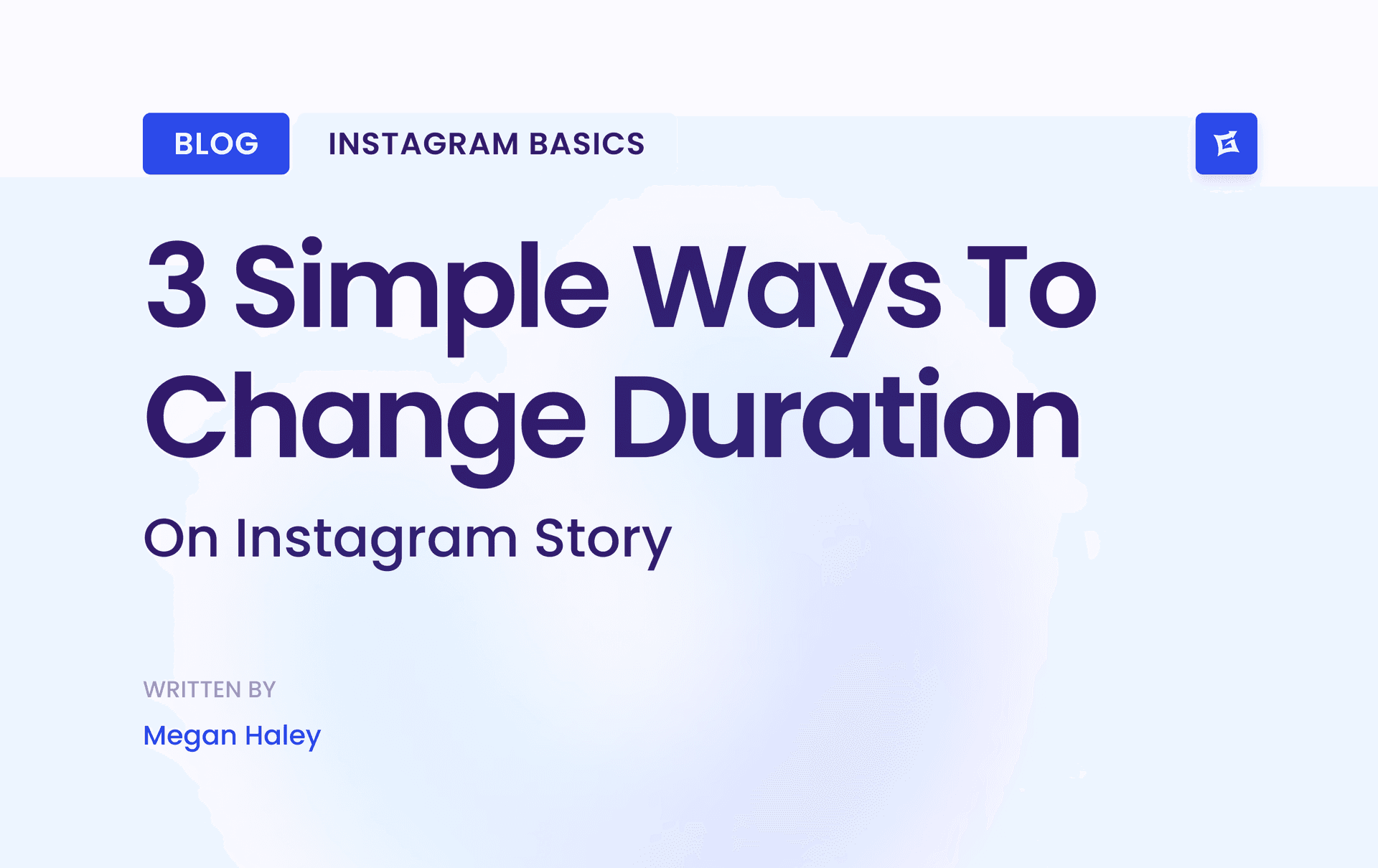
.png&w=1920&q=75&dpl=dpl_9XSWKBjhcBN6v6b1SN7m3p1WWjfr)
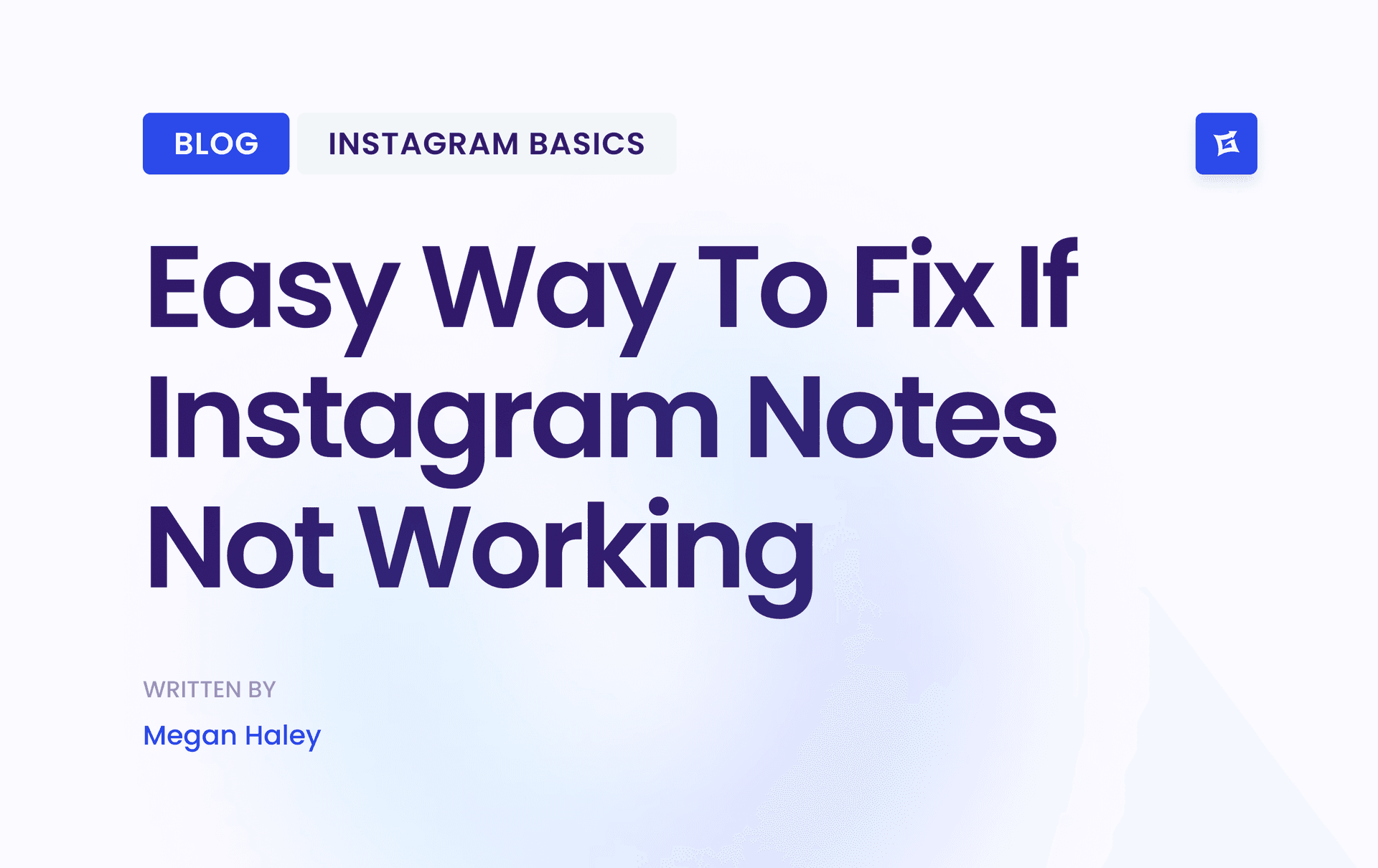

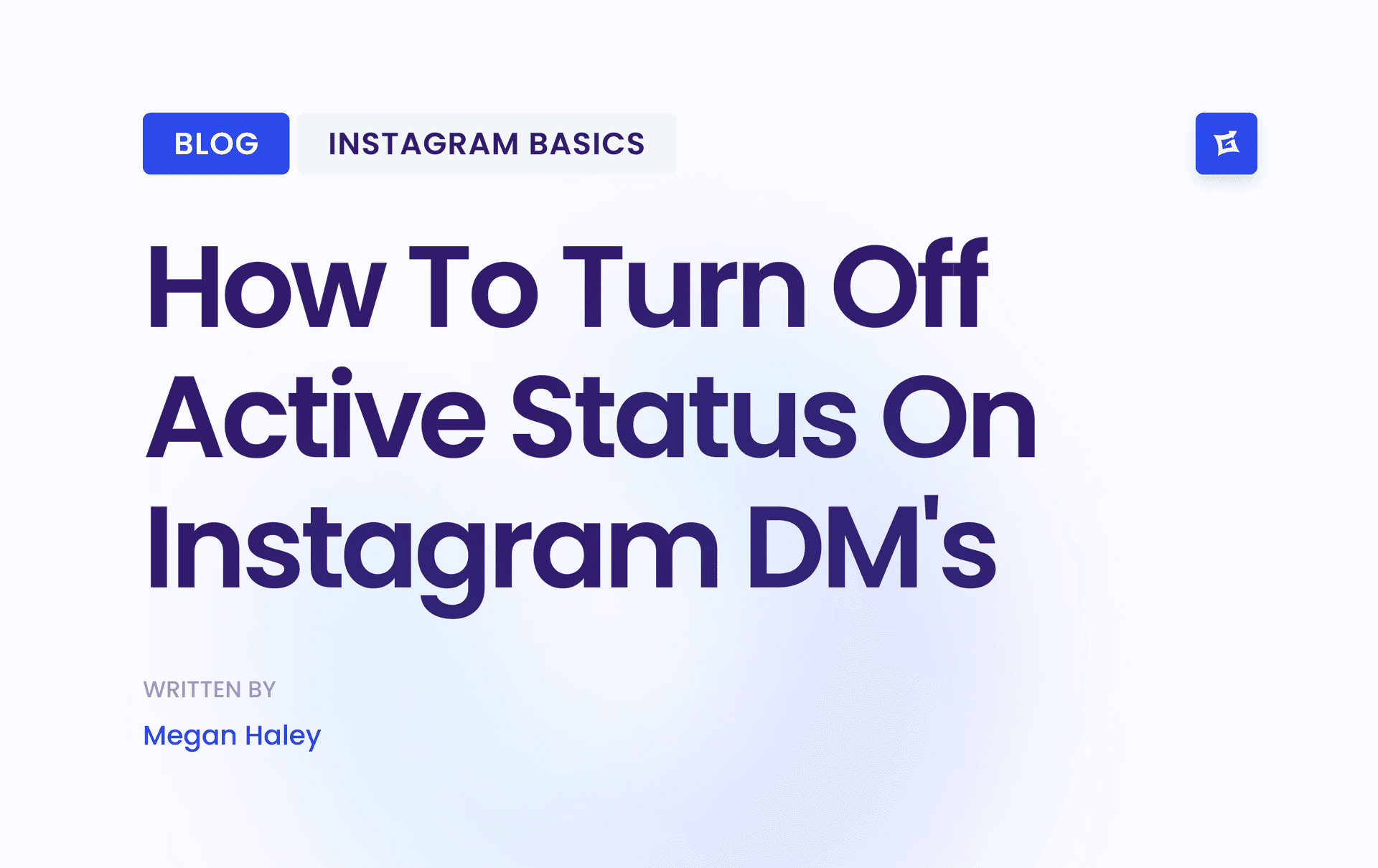
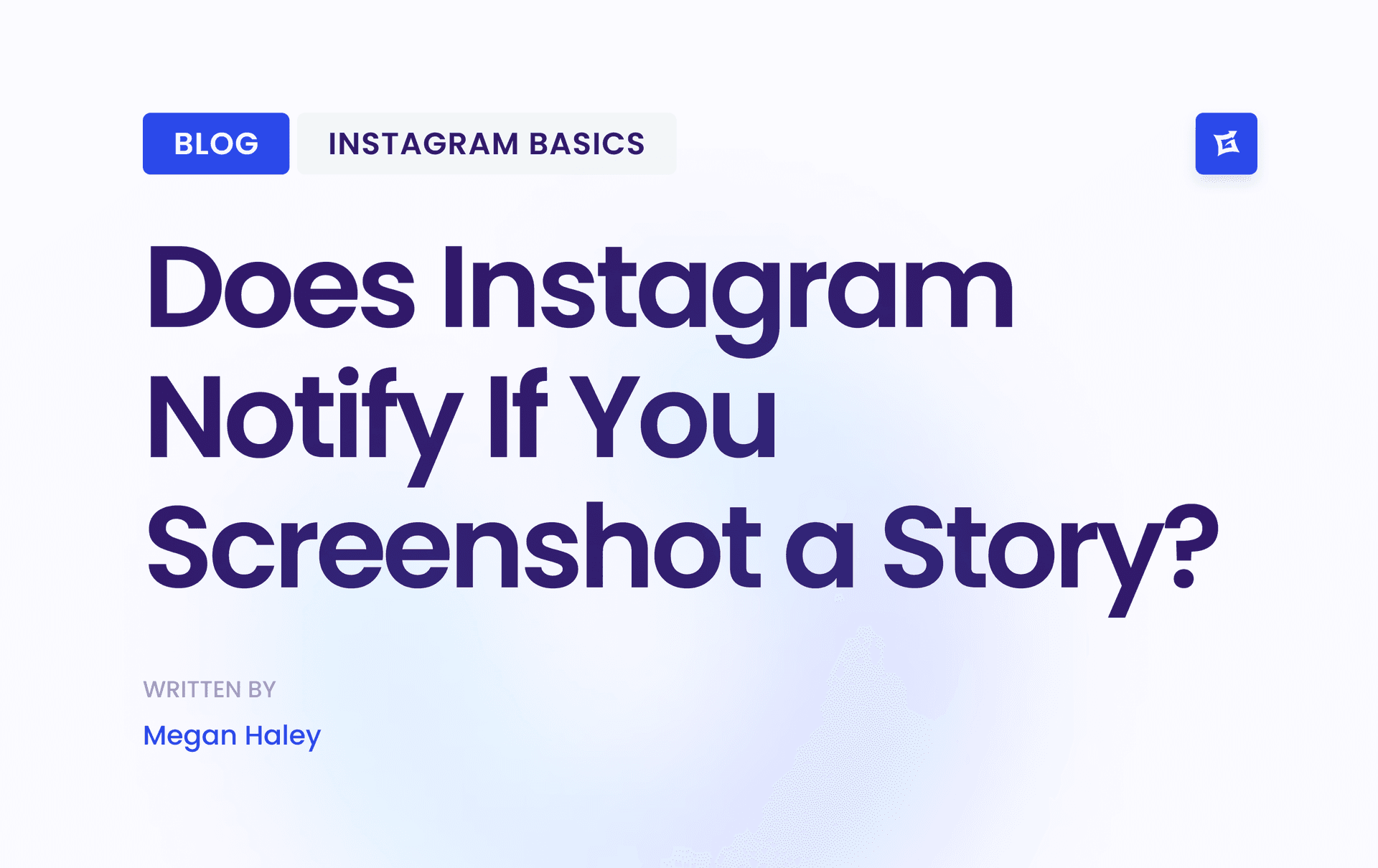



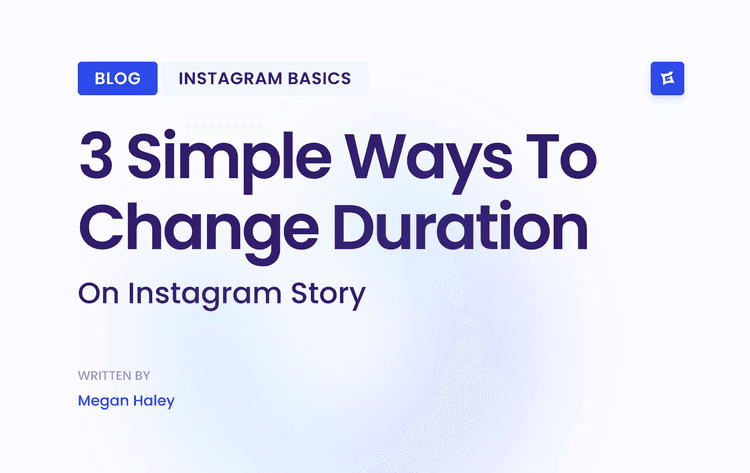
.png&w=750&q=75&dpl=dpl_9XSWKBjhcBN6v6b1SN7m3p1WWjfr)
